Are you planning to upgrade the tires on your stock Ford Ranger, and do you want to know what is the biggest tire that will fit without making any modifications? You’ve come to the right place, for we have researched this question, and we have the answer for you.
You can install a maximum of 31-inch tires on the 2021 Ford Ranger Lariat that comes with 18-inch rims without any modifications to the wheel well or to the height of the truck.
Let’s talk about how you can fit tires that are larger than 31 inches into your Ford Ranger in the succeeding sections.
Read on!
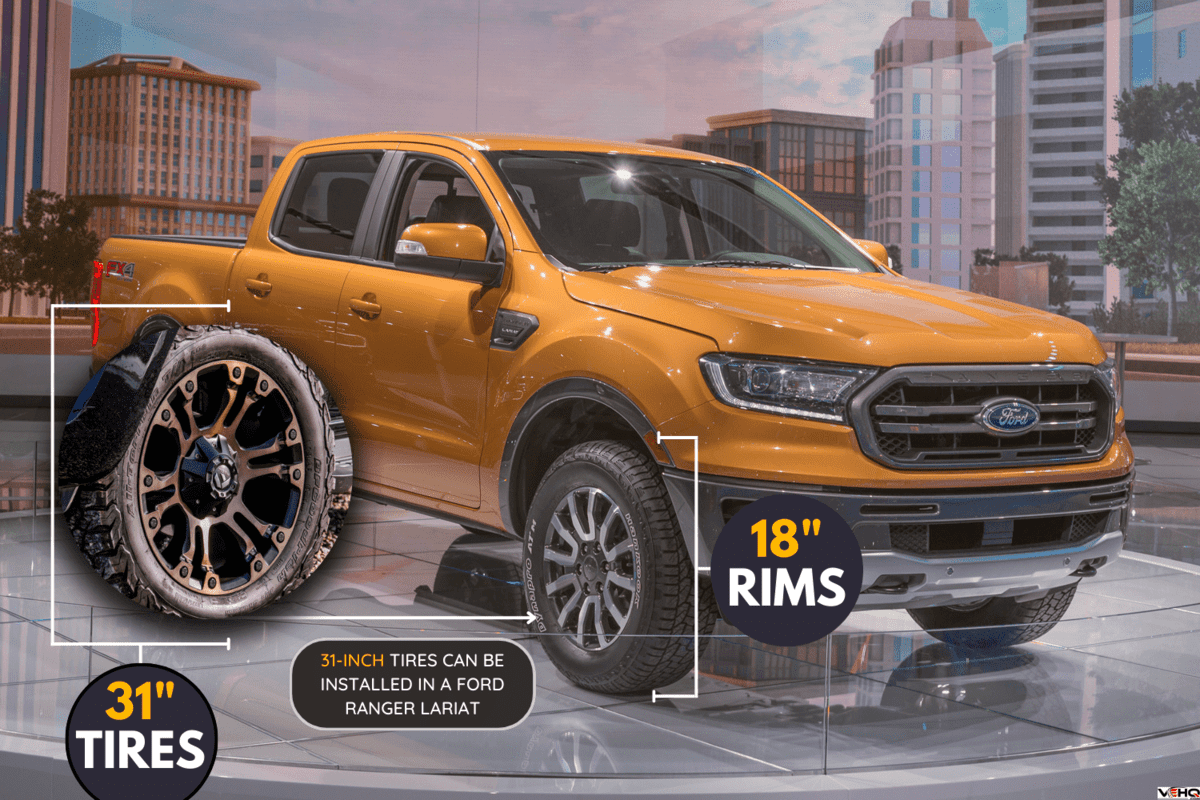
Ford Ranger Stock Wheels And Tires
Ford uses 17-inch and 18-inch stock wheels on the 2021 Ford Ranger Lariat and the 2021 Ford Ranger XLT. On the other hand, the 2021 Ford Ranger XL has the option to have a stock 16-inch, 17-inch, or 18-inch stock wheels.
The stock wheel sizes range from 255/65, 265/65, 265/60, 255/70, and 255/65.
Pros And Cons Of Larger Tires
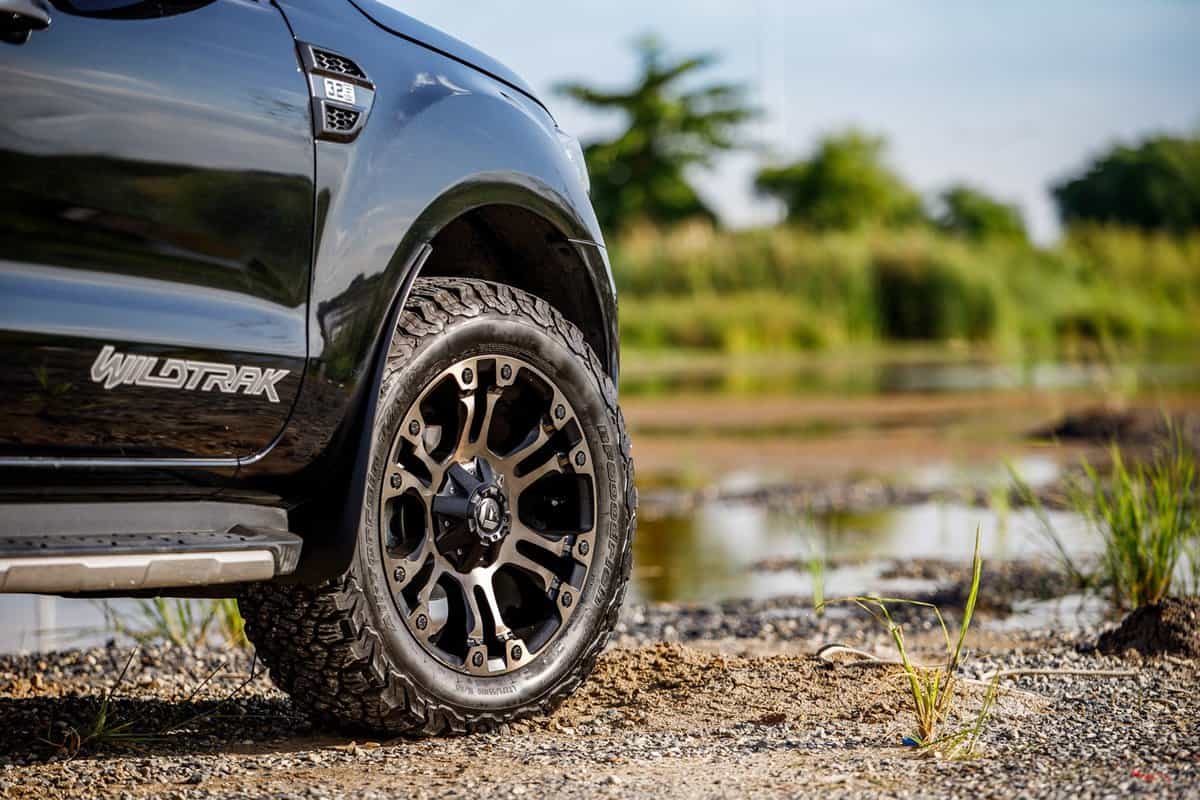
Once it is time to replace the original set of tires on your Ford Ranger, it is common to consider the possibility of swapping out the stock tires with bigger ones.
Upgrading to larger wheels has advantages and disadvantages. Some do it for better traction, while some prefer to have better clearance.
Have you ever wondered if there is a critical downside to upsizing the tires of your truck?
Here is a complete look at the pros and cons of going for bigger tires.
Better Grip
Bigger tires normally mean that you’re putting more rubber on the ground. More rubber on the ground equates to a better grip. A better grip means that your brakes become more effective.
Having a better grip on the ground is an advantage when you’re driving off-road. Bigger tires make it easier to navigate rough terrain. A better grip makes the tire more efficient at moving the truck forward regardless of the terrain, so this is an advantage.
Higher Clearance
Driving in rugged terrain means that you need to navigate across uneven ground that can easily come close to rubbing or slamming against the underside of your truck. Having bigger tires that add to the clearance of your truck helps prevent rough terrain from rubbing against the under-chassis.
A high clearance not only protects the under-chassis but also protects the components under your Ranger. Rocks or brushes can cause serious damage if they slam against the components underneath your truck. The damage that they can cause could be expensive to repair.
Easier Driving On Flooded Streets
Driving on flooded streets is dangerous regardless of the type of tire that you use on your truck. However, larger tires help make it less dangerous if you have no choice but to drive on a flooded street.
Larger tires are heavier, which reduces the chances of hydroplaning when you drive on water-filled streets. This ensures that they will maintain contact with the road and make it easier for you to navigate.
Bigger tires also have deeper tread patterns that can scatter water more effectively. This helps reduce the chances of slipping.
More Expensive
Bigger tires need more material. Thus, they are more expensive than regular tires.
Bigger tires often have a more elaborate thread pattern to make them more effective for off-road driving. The thread pattern can make the manufacturing process more costly, and this additional cost goes to the final tag price of the tire.
Lower Fuel Efficiency
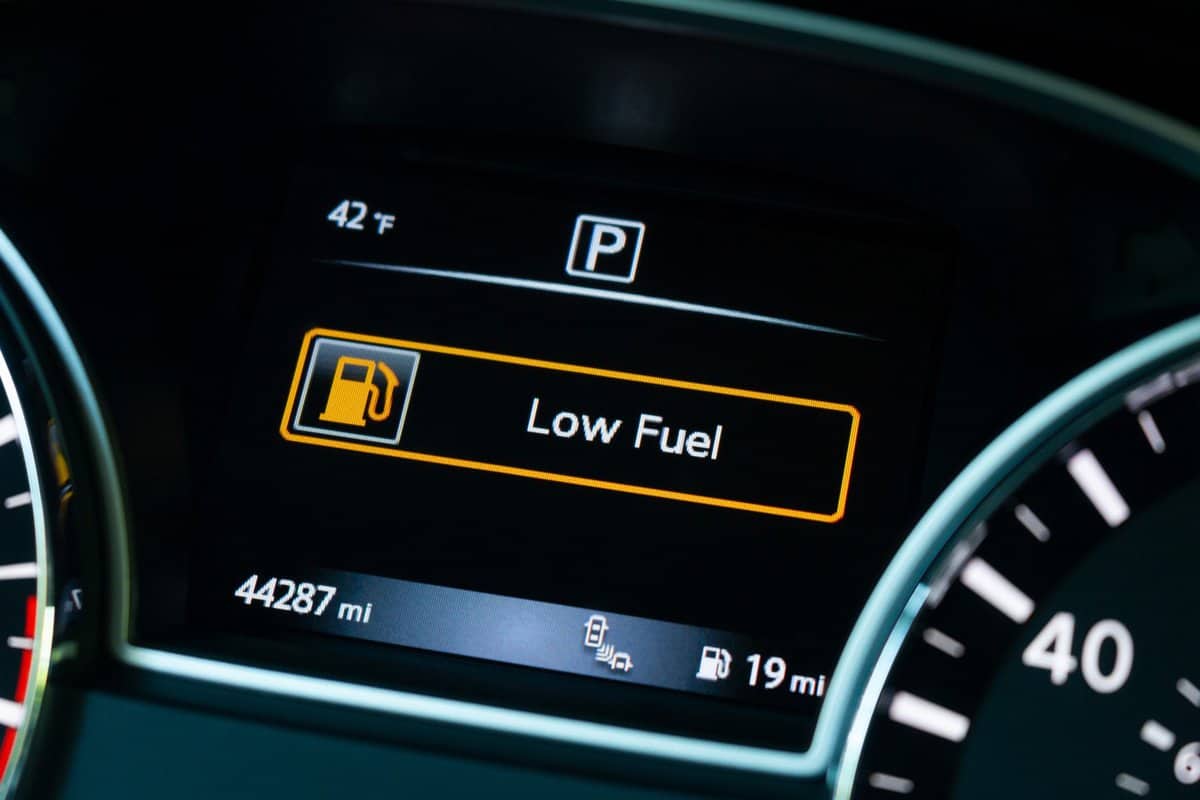
Bigger tires are heavier than smaller tires. This means that your engine will have to constantly carry the additional weight. The additional weight increases the fuel consumption of the truck.
Moreover, wider tires mean that there is more surface area from the tire that will cause air resistance. Additional air resistance while driving equates to more fuel for combustion to produce enough power to counteract the additional air resistance.
The additional weight from larger tires can be offset by replacing the wheel. Wheels are normally lighter than tires. Thus, you can play with matching the tire and wheel to get the equivalent stock weight of the wheel and tire even though your tire is now bigger.
Slower Acceleration
Even though the increase in traction means better control, it also means a greater amount of friction between the tire and the road. Additionally, bigger tires mean that you have a larger area of the tire that makes contact with the road, which also increases the amount of friction between the tire and the road.
More friction makes it slightly harder to accelerate. This equates to needing more fuel to accelerate to break off from the increase in friction.
Change In Handling
Bigger tires changes how your truck handles.
A bigger tire has a bigger circumference. The circumference is equal to the distance that the tire needs to travel to complete one rotation.
A larger circumference will cause your truck to rotate more to complete a turn. This affects how the truck feels when you’re making a turn.
Inaccurate Speedometer
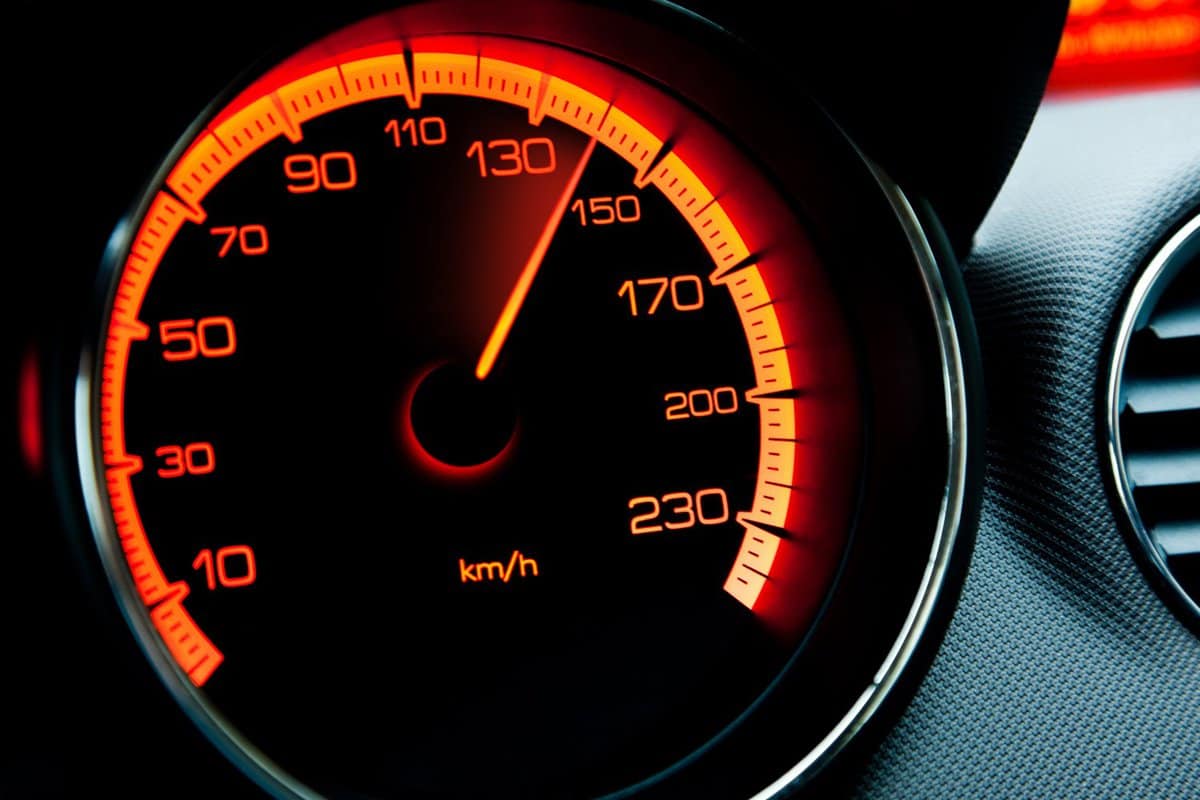
The speedometer of modern vehicles monitors the rotation of gear in the transmission—not the true speed of the vehicle. Thus, a speedometer reading is second-hand information that the car’s computer calculates using the rotation of the gear inside the transmission.
The speedometer is calibrated in the factory so that the vehicle’s computer will be able to calculate the speed of the vehicle by using the speed of the gear in the transmission and the circumference of the tire.
If the tire is bigger than the stock tire, then the speedometer calculation is no longer accurate.
When upgrading the size of your tire, bring your Ford Ranger to a mechanic so that he can make the necessary recalibrations to the speedometer.
Warranty Voiding
Some truck manufacturers have explicit warnings not to change tire sizes beyond what they recommend. Ignoring these warnings can lead to the manufacturer voiding the warranty of your truck.
Thus, it is a good idea to check the warranty of your Ranger before making any modifications to the tire size. Make sure that you are installing tires that are within the size recommendation of Ford to avoid losing the warranty of your Ranger.
Installing Bigger Tires
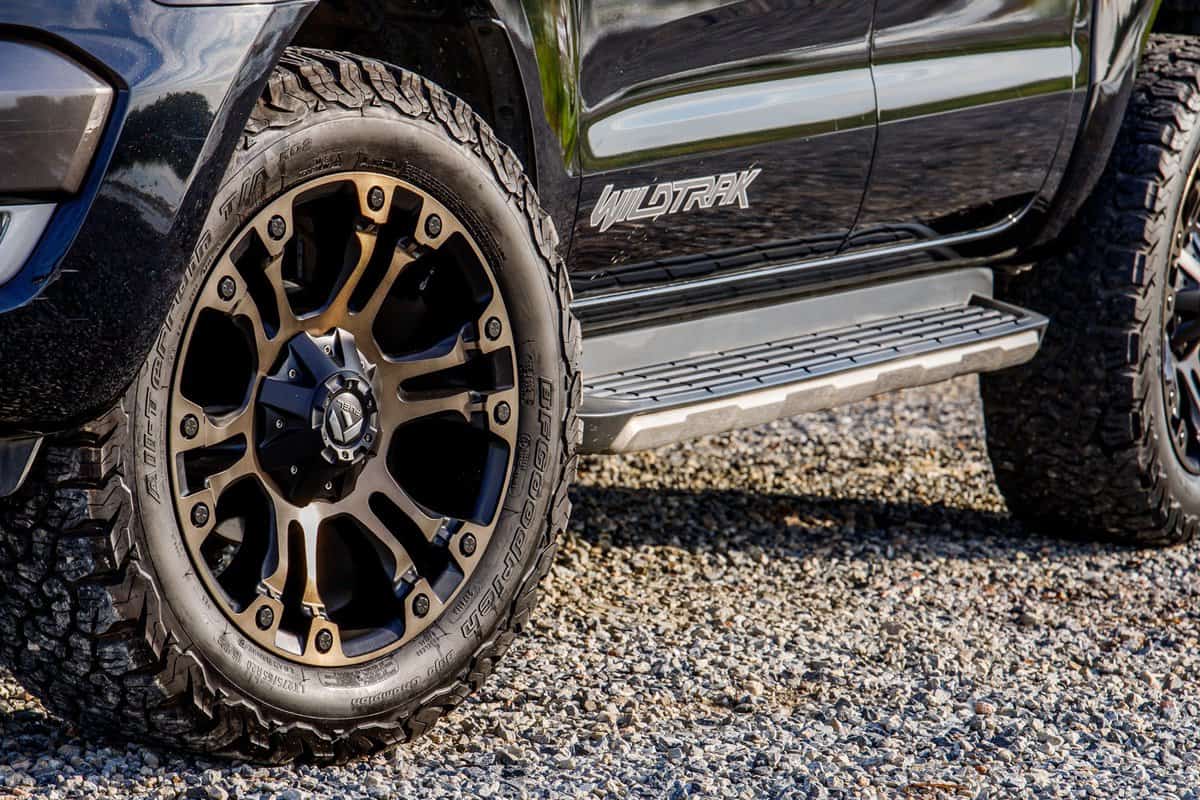
If your Ford Ranger is already out of warranty and you want to proceed with the installation of tires that are bigger than the sizes recommended by Ford, then you will need to make some modifications.
Keep in mind that installing larger tires means that you are reducing the distance between the tire and the nearest component of your truck. Additionally, some stock components will need an upgrade to support the larger tires.
The modifications below focus on these two objectives.
Crash Bar Modification
Crash bars or impact bars help protect the legs in the event of a collision. However, the original T6 platform that the Ford Ranger uses has the crash bar protruding into the wheel well, which restricts the size of the tire that can fit into the wheel well.
To be able to fit a bigger tire into your Ford Ranger, you will need to trim the crash bars to make more space inside the wheel well.
Keep in mind, however, that crash bars are safety components of your Ford Ranger. Removing them can void some warranties or make you ineligible for insurance claims in the event of an accident.
After trimming the crash bar, replace it with an aftermarket crash bar with a more forward position than stock. When picking an aftermarket crash bar, pick one that will give you better protection than the stock one.
Suspension
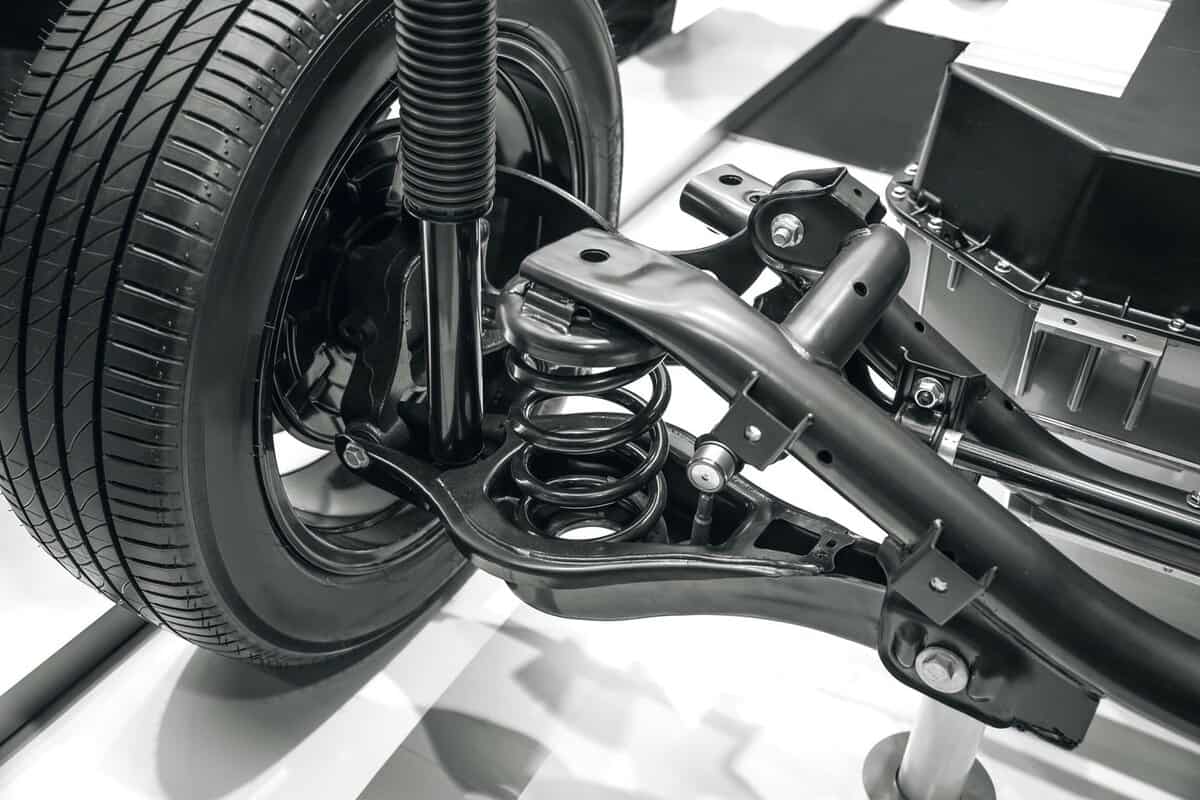
Bigger wheels will rub against the inside of the wheel arch if you do not upgrade the stock suspension.
Suspensions move up or down to provide support to the truck. The amount of vertical movement depends on the force of impact and the maximum suspension travel.
The maximum suspension travel must match the increase in the size of the tires. When suspensions move vertically, it brings with it the wheels, including the tires.
If the maximum suspension travel doesn’t compensate for the new diameter of the tire, the vertical movement of the suspension will reduce the clearance between the tire and the wheel well. This will cause the tire to rub against the wheel well.
With proper spacing, the suspension can move to its maximum range of travel and not cause the tire to rub against the wheel well. However, this will only happen with a suspension upgrade that matches the size of the new tires.
Wheel Offset
The wheel offset is the measurement of how far the mounting surface is from the center of the hub. If the mounting surface is closer to the curb, then the offset is positive. If the offset is negative, the mounting surface is closer to the suspension.
Larger tires will benefit from a more negative offset. This will position the bigger tires further from the suspension, creating more space inside the wheel well. The additional space will help prevent rubbing with the UCA (Upper Control Arm).
If you want to use the same wheel, use a wheel spacer to give the wheel a more negative offset.
Conclusion
The biggest tire that you can install on a stock Ford Ranger is 31 inches. This tire size will allow the Ford Ranger to travel offroad and on the highway without experiencing any rubbing.
If you enjoyed reading this article, you might find the articles below equally enjoyable to read:
Do You Need Onstar To Use Remote Start? [Here’S What You Need To Know!]
Do Bigger Tires Affect Steering Or Handling Of Your Vehicle?
